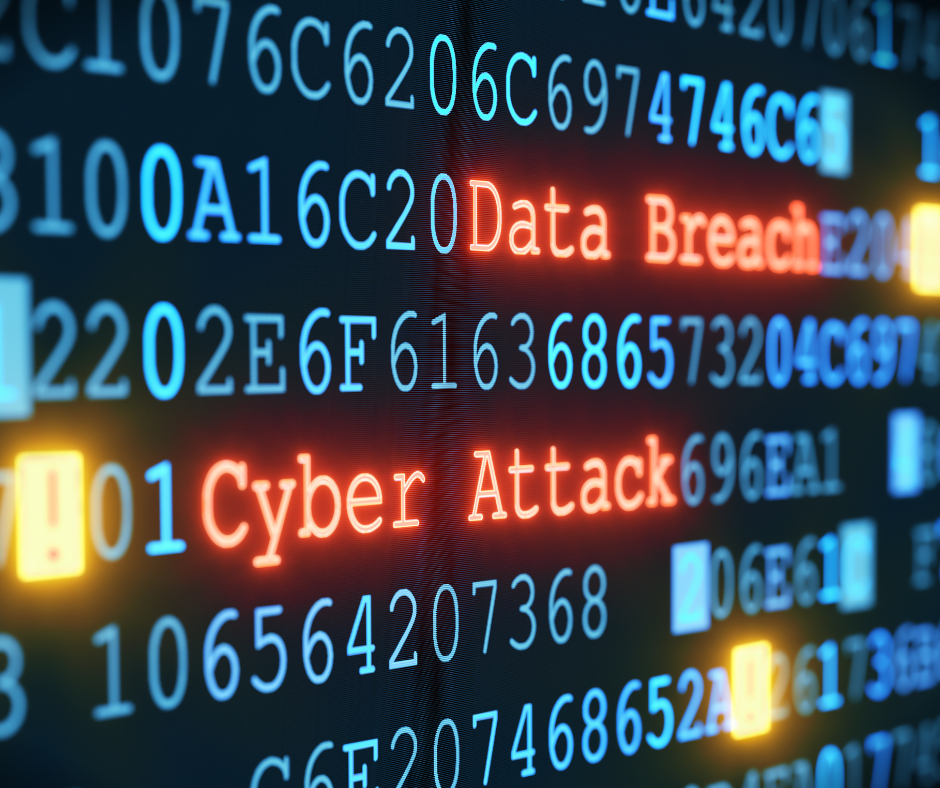In this third and final part of our series of ‘DMARC Diligence’ insights, we explore the detailed process of DMARC deployment, its monitoring, optimisation, and preparing businesses for future email security challenges.
Last Week …
Last week in part 2 of this series of ‘DMARC Diligence’ articles, we looked at the crucial yet often neglected aspect of securing non-sending or “forgotten” domains against cyber threats. Here we highlighted the potential risks posed by these domains when not protected by DMARC policies, and offered some guidance on how businesses can extend their DMARC implementation to cover all owned domains, thereby preventing unauthorised use for spam or phishing attacks.
This Week … Implementing DMARC: A Step-by-Step Approach
As noted in the previous article in this series, implementing DMARC is now critical for UK businesses to protect against threats like email spoofing and phishing.
To briefly summarise a step-by-step approach to implementing this, businesses can start by ensuring Sender Policy Framework (SPF) and DomainKeys Identified Mail (DKIM) are correctly set up for the domain(s), as DMARC relies on these for email authentication. Next, it’s a case of creating a DMARC record with a policy of “none” to monitor traffic without affecting it. This record is added to your DNS.
Over time, it’s important to analyse your DMARC reports in order to identify any unauthorised use. Finally, gradually shift your policy to “quarantine” or “reject” to block or flag unauthenticated emails, enhancing your email security posture. Looking at this approach in a bit more detail, implementing DMARC means:
– Understanding SPF and DKIM. Before implementing DMARC, ensure you have SPF and DKIM records correctly set up for your domain. These records help in email verification and are crucial for DMARC to function effectively.
– Creating a DMARC record. Draft a DMARC TXT record for your DNS. Start with a policy of ‘none’ (p=none) to monitor your email traffic without affecting it. This stage is critical for understanding your email ecosystem and preparing for stricter enforcement without impacting legitimate email delivery.
– Analysing the reports. Use the data collected from DMARC reports (Aggregate reports – RUA, and Forensic reports – RUF) to identify legitimate sources of email and potential gaps in email authentication practices.
– Gradually adjusting policy: Gradually adjust your DMARC policy from ‘none’ to ‘quarantine’ (p=quarantine) as you become more confident in your email authentication setup. This move will start to prevent unauthenticated emails from reaching inboxes but may still allow them to be reviewed.
– Full enforcement. Once you’re assured that legitimate emails are correctly authenticated and not negatively impacted, shift your policy to ‘reject’ (p=reject). This is the final step where unauthenticated emails are actively blocked, providing full protection against phishing, and spoofing under DMARC.
– Continuous monitoring and updating. Email authentication landscapes and practices evolve, so it’s crucial to continuously monitor DMARC reports and update your SPF, DKIM, and DMARC settings as necessary to adapt to new email flows, domain changes, or security threats.
Monitoring and Reporting – The Key to Effective DMARC
For businesses, effective DMARC implementation relies heavily on consistent monitoring and reporting.
Why?
By analysing DMARC reports, businesses can gain insights into both legitimate and fraudulent email sources using their domain. This process not only helps in identifying authentication failures but also in refining DMARC policies over time (as suggested in the step-by-step approach above) for better security.
Remember, regular reviews of these reports is essential for adapting to new threats and ensuring email communication integrity.
Optimising DMARC Policies
Optimising a DMARC policy involves fine-tuning it to create a balance between security against spoofing and phishing, and ensuring legitimate emails are delivered smoothly.
But How?
The starting point (as mentioned above) is the analysis of your DMARC reports to identify authentication failures and adjust your SPF and DKIM setups accordingly.
A Phased Approach
Taking a phased approach, i.e. gradually increasing the DMARC policy from ‘none’ to ‘quarantine’ and then to ‘reject’ as confidence in your email authentication improves, is the way to minimise potential disruptions to legitimate email flow while maximising protection against unauthorised use of your domain.
Future-Proofing Your Email Security Strategy
Going forward, looking at ways to future-proof your business email security strategy, these could include:
– Keeping up to date with emerging threats and trends in email security (continuous education).
– Implementing advanced security technologies like AI-driven threat detection can offer proactive protection.
– Regularly reviewing and updating your email authentication protocols (SPF, DKIM, DMARC) to adapt to changes in your email infrastructure.
– Fostering a security-aware culture within your business e.g., using training to recognising phishing attempts and safe email practices.
– Engage in industry forums and cybersecurity communities to help stay ahead of evolving email threats and to gain and share information about best practices.
What Does This Mean For Your Business?
For UK businesses, implementing and optimising DMARC, as outlined in this final instalment, is a commitment to safeguarding email communications that benefits your business and your customers. Taking a step-by-step approach, as outlined above, from establishing SPF and DKIM records, through to DMARC policy enforcement, are now crucial for building an effective defence against email spoofing and phishing (these are now major threats). Taking the phased approach of regular monitoring and gradual policy adjustments ensures that businesses can not only react to current threats but also proactively adapt to emerging challenges. This strategic approach to email security is essential in maintaining the trust of your customers and partners, protecting your brand’s reputation, and complying with today’s data protection regulations. It’s also worth remembering that actively engaging in continuous education and leveraging advanced technologies are ways to stay ahead in the fast-evolving cybersecurity landscape.

